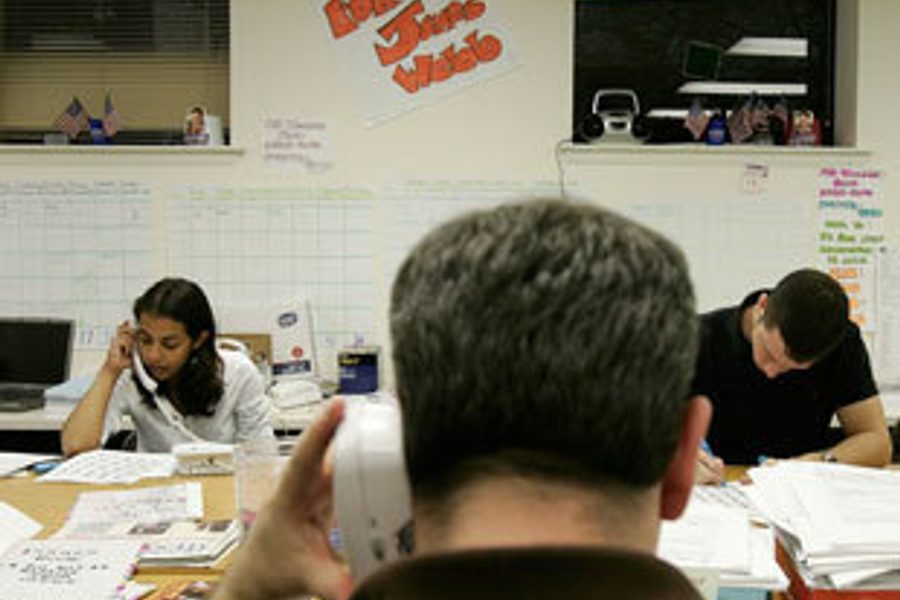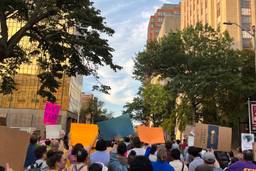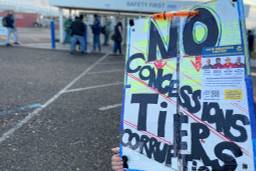
In the lead up to the midterm elections, MoveOn.org paid little attention to the Virginia Senate race, figuring that Republican incumbent George Allen would cruise to re-election over Jim Webb. But when Allen dropped a racial epithet on a young Webb aide and things tightened up, MoveOn took notice.
“We weren’t going to get involved in Virginia,” says Jennifer Lindenauer, the organization’s communications director. “But then we saw that it was a race where we could make an impact.” In less than two months, MoveOn directed 503,181 volunteer phone calls into Virginia. On Election Day, Webb ousted Allen by a mere 7,236 votes.
How did MoveOn almost instantaneously switch gears, perhaps altering the country’s political landscape? The answer is Call for Change, a new Web-based phone-banking program. Call for Change sets volunteers up with a user-friendly Web site offering a script, phone numbers and a call-reporting system. Volunteers, often using cell phones with free long-distance, are given call lists of infrequent Democratic and independent voters in competitive states or districts across the country.
MoveOn uses the term “liquid” to describe the program’s adaptability. “If we find a race that is competitive on Monday, we can call into that race as early as Tuesday or Wednesday,” says Lindenauer. “It’s the kind of program we needed in an election season where things were changing so quickly.”
Volunteers really took to Call for Change. In a little more than three months, 185,000 MoveOn members placed more than 7 million calls into 61 targeted districts, including some of the most disputed battlegrounds. Calling from their homes or at MoveOn-sponsored “calling parties,” members were able to reach potential voters in crucial races like Claire McCaskill’s Missouri Senate victory (230,808 calls) and Joe Courtney’s 170-vote triumph in Connecticut’s 2nd Congressional district (103,862 calls). “If you look at the margin of victory compared to the number of phone calls in the key races,” Lindenauer says, “it’s pretty astounding.”
While it is too early – and unrealistic – to anoint MoveOn as the Democratic Party’s savior, evidence suggests their efforts were likely productive. A Yale study, which examined a prototype program used this past summer in a California special election, found that MoveOn’s efforts increased voter turnout by almost four percent. Donald Green, a Yale University political science professor and author of Get Out the Vote! How to Increase Voter Turnout, believes that programs like Call for Change can mobilize the electorate if executed properly. “Volunteer phone banking, especially compared to robo-calls, is effective,” he says. “Callers are more authentic.”
Perhaps most notably, Call for Change’s technology allows MoveOn members who live in uncompetitive districts to participate in close campaigns. It also harnesses the power of the time-strapped. “It allows people to make a difference even if they only have five or 10 minutes,” says Lindenauer.
Yet MoveOn’s efforts are not universally lauded. Evan Hutchinson, the former state director of Ohio Vote Mob 2004, believes phone banking can be a risky proposition as voters – particularly undecided ones – are suspicious of calls flowing in from outside their district. “For a lot of middle-class voters, [volunteer phone banking] can seem intrusive and inappropriate,” he says. “When the calls are piled on, people get pissed and they shut down.”
By only throwing resources into competitive national races for short spurts, Hutchinson also says MoveOn fails to build local power and engage citizens around issues beyond the ballot box. “They don’t have the capability to build localized, long-term organizational structures,” says Hutchinson.
Bob Miller, however, disagrees. A resident of Three Oaks in southwestern Michigan, Miller and his neighbors formed Baseline America as a result of MoveOn e-mails. For two years, the group has met monthly to engage in various political discussions and actions. This election season, they targeted their Republican congressmen, 20-year incumbent Fred Upton, and helped the Democratic challenger cut 10 percentage points off Upton’s 2004 victory total.
Members of Baseline America also participated in Call for Change and believed the program was worthwhile. Calling mostly into Indiana’s 2nd congressional district, where Democrat Joe Donnelly won by 15,145 votes, phone bankers were met with more cordiality than disdain. “Our members reported that their experiences were great,” says Miller. “Folks were glad to talk and to find out that people were doing this work.”

I hope you found this article important. Before you leave, I want to ask you to consider supporting our work with a donation. In These Times needs readers like you to help sustain our mission. We don’t depend on—or want—corporate advertising or deep-pocketed billionaires to fund our journalism. We’re supported by you, the reader, so we can focus on covering the issues that matter most to the progressive movement without fear or compromise.
Our work isn’t hidden behind a paywall because of people like you who support our journalism. We want to keep it that way. If you value the work we do and the movements we cover, please consider donating to In These Times.





